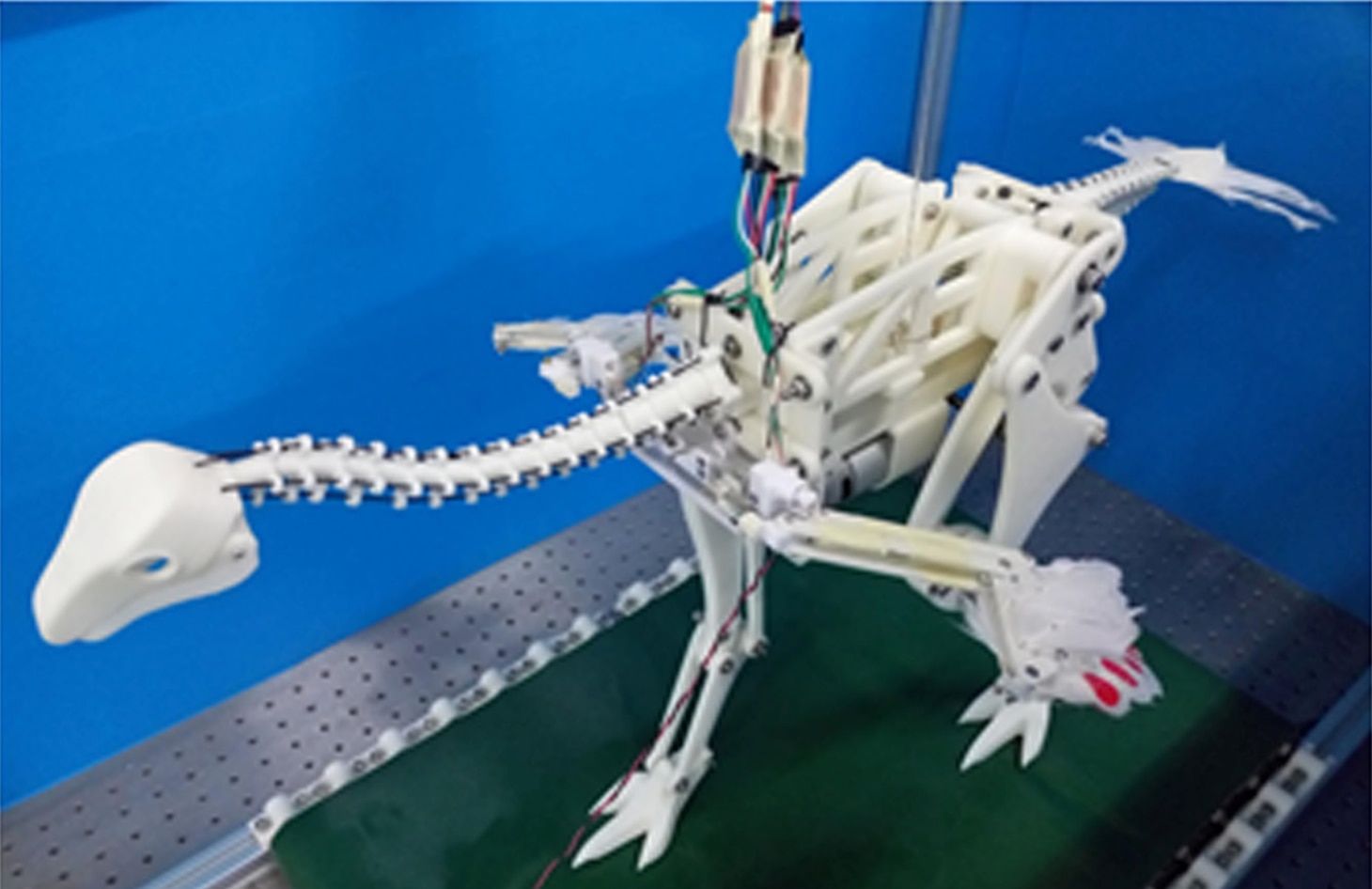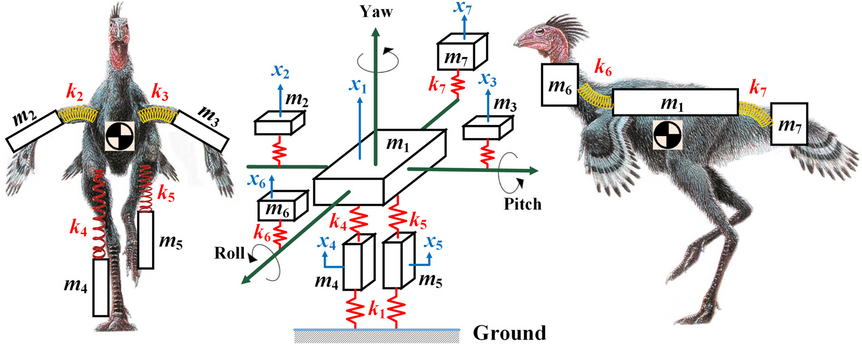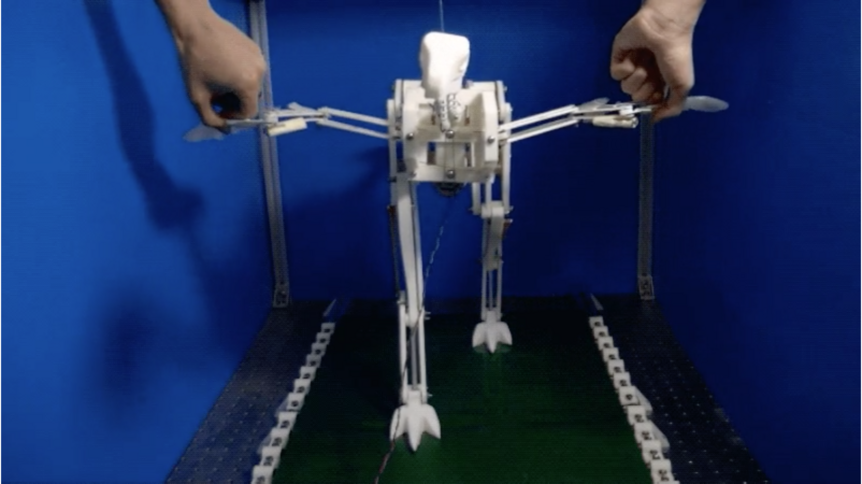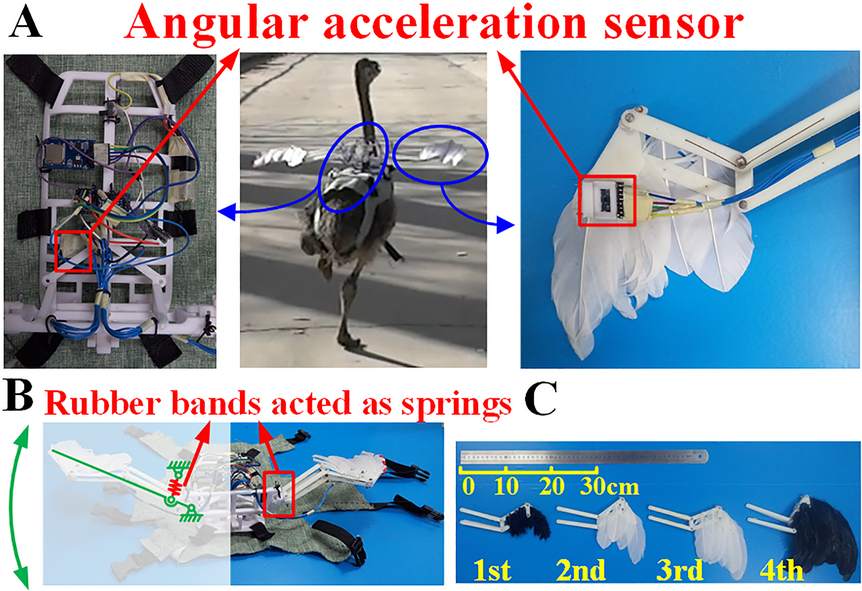Create a free profile to get unlimited access to exclusive videos, sweepstakes, and more!
Robo-dinosaur runs wild and flaps its wings... for science

When you think of a robotic dinosaur, what probably comes to mind are the giant animatronics used in the Jurassic Park and Jurassic World movies, and their cousins made exclusively to scare people at the Universal theme parks. This dino robot was hatched for a different reason.
A team of Chinese researchers at Tsinghua University created a skeletal robot of Caudipteryx, the most primitive non-flying dinosaur known to have proto-wings, to demonstrate how the passive flapping motions of those wings could have led to the evolution of flying in this and possibly related species. Zhao and his team believe that the flapping movements it made when running could have eventually trained some dinosaurs to take off and change what we think we might know about the origins of flighted creatures.
“Investigating the aerodynamic properties of the proto-wings of Caudipteryx has the potential to shed light on the origin of avian flight,” said team lead Jing-Shan Zhao. Zhao and colleagues in a study published recently in the journal PLOS Computational Biology.
While most scientists believe that birds evolved from theropod dinosaurs or Maniraptora, whether flight also evolved within Dinosauria is debatable. We already know that some maniraptoran dinosaurs are closely related to birds, though Caudipteryx itself never actually flew. The feathered Jurassic-era reptile that lived about 125 million years ago and was about the size of a peacock is thought to have had top running speeds of about 8 feet per second, and that would have led to forced vibrations that inadvertently caused its wings to flap.
The researchers first used mathematical calculations to figure out what effects running would have on the body, legs, pseudo-wings, tail, neck and head of Caudipteryx. They then built a life-sized robot of the dinosaur to see what would happen as it ran at different speeds. As expected, running caused the robot to flap its wings.
To further test their hypothesis, the scientists outfitted young ostriches about the same size as Caudipteryx with four sets of artificial wings in varying sizes, each with built-in sensors to measure how running impacted the wings’ lift, thrust and drag as they flapped passively.
“Our work shows that the motion of flapping feathered wings was developed unconsciously and naturally as the dinosaur ran on the ground," said Zhao. "Although this flapping motion could not lift the dinosaur into the air at that time, the motion of flapping wings may have developed earlier than gliding."
More science is still needed here. Lift and thrust need to be analyzed further, and the fact that the descendants of Caudipteryx even evolved into what we now know as birds is being met with skepticism. Some argue that the springs used in the robot’s wings make it impossible to really determine how the muscles, tendons and ligaments actually reacted when the feathered lizard picked up speed. There are too many things that factor into flight to determine whether Caudipteryx qualifies as an avian predecessor.
Whether or not Caudipteryx led to flight evolution, you still have to admit that using a dinosaur robot for anything other than movies or theme parks is sort of awesome.
(via Xinhua)

















